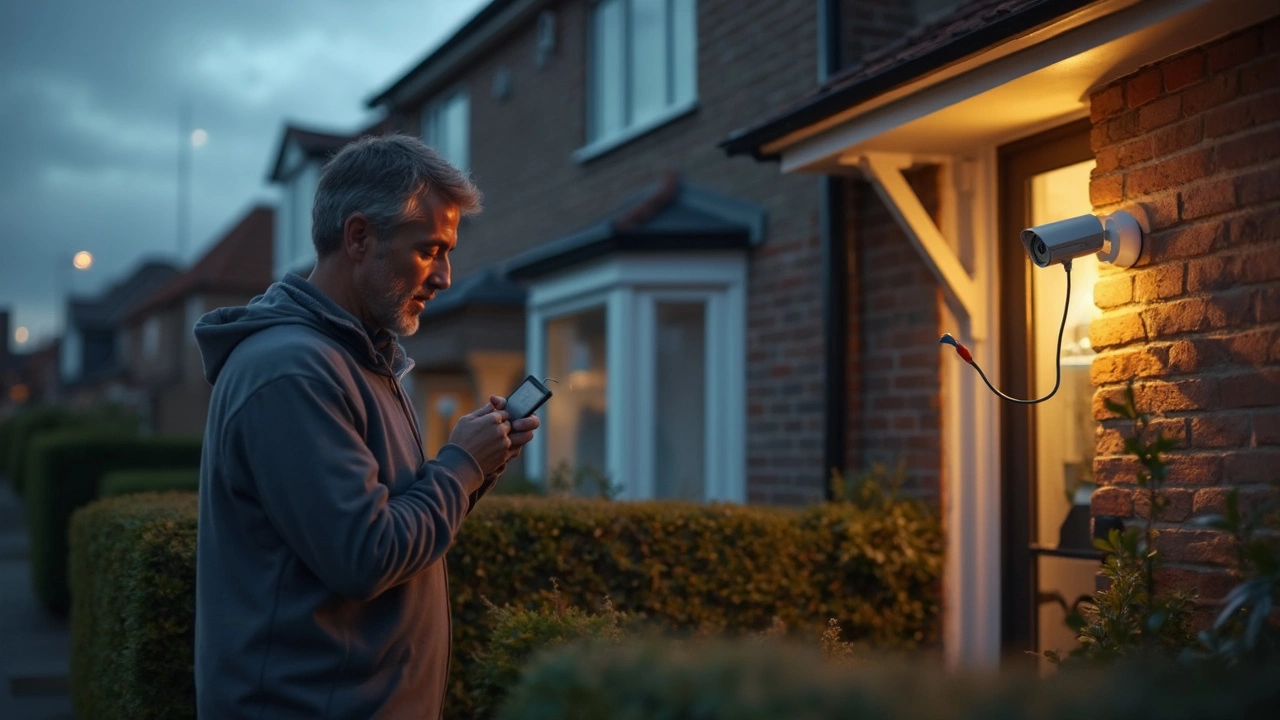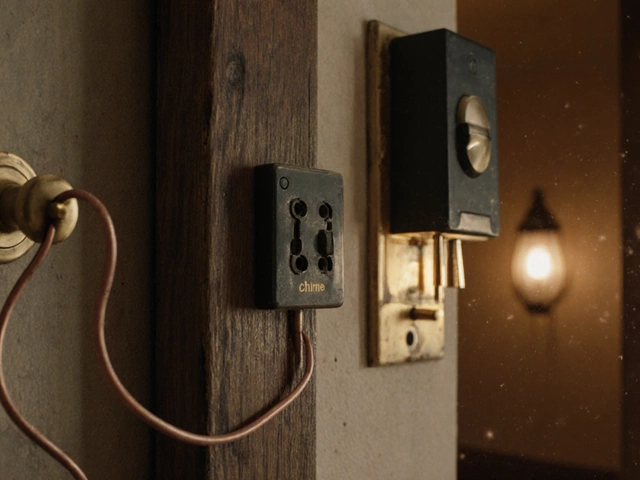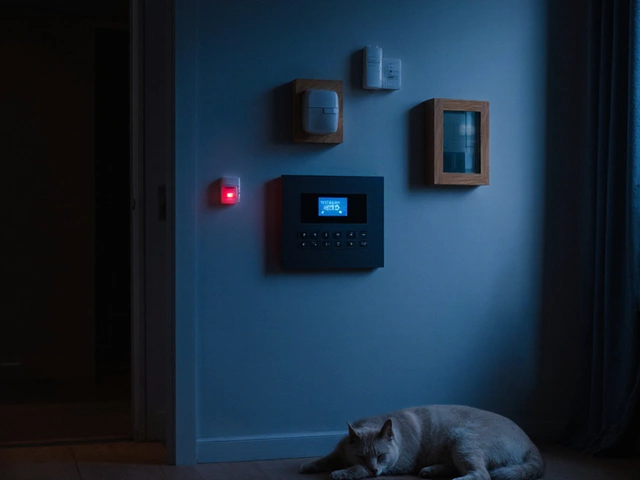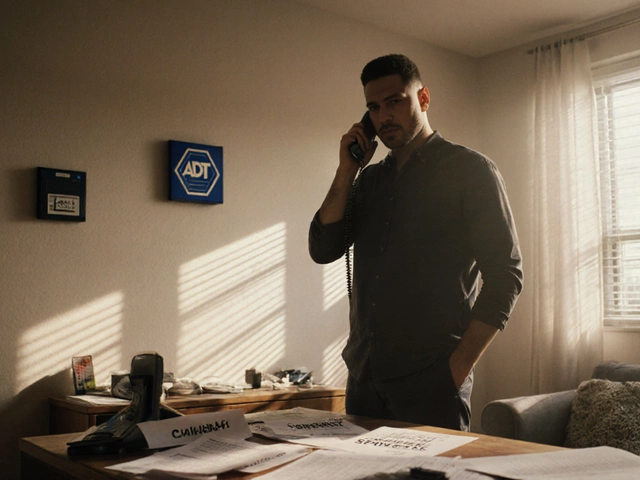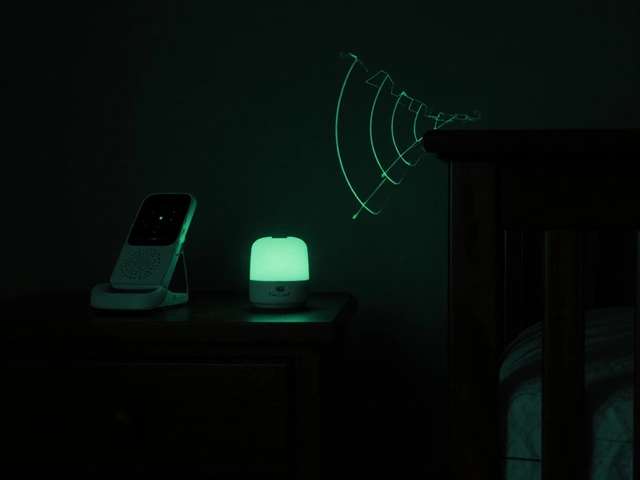Power Supply Essentials for Your Home Security Setup
When your alarm, camera or smart doorbell stops getting power, the whole security plan falls apart. Whether you’re fitting a new sensor or upgrading an old system, understanding how these devices get their juice is crucial. Below we’ll break down the basics you need to keep everything humming without over‑complicating things.
Wired vs Battery Power – Which Fits Your Home?
Most modern security gear offers two choices: a hard‑wired connection to your home’s electricity or a battery pack that runs on its own. Wired gear is reliable as long as you have a stable mains supply and a proper transformer. In the UK, most alarm panels use a 12 V low‑voltage transformer supplied by a certified electrician. This keeps the system alive even if the main power goes down, because the transformer draws little current and can be backed up with a small UPS.
Battery‑run devices, like many doorbell cameras, give you flexibility. You can place them where running a cable is a nightmare. The trade‑off is you’ll need to check the battery level regularly and replace or recharge it on schedule. A good rule of thumb: if a battery lasts less than six months under normal use, consider swapping to a wired model or adding a solar panel if the device supports it.
Keeping Your System Running During Outages
Power cuts happen – especially in older houses with older wiring. A solid backup plan means you won’t be left in the dark (literally) when the grid fails. The simplest method is a UPS (Uninterruptible Power Supply) plugged into your alarm panel. A 600‑VA UPS gives about 10‑15 minutes of run‑time, enough for the panel to switch to battery backup and alert you of a loss.
For cameras that need constant power, look for models with built‑in battery packs or pair them with a small solar charger. Solar units can keep a camera online for weeks if there’s enough sun, and they erase the need for a hard‑wired line in hard‑to‑reach spots.
Don’t forget the phone line or cellular backup. Many alarm systems use a landline to contact a monitoring centre, but a cellular module can take over if the line is down. These modules also need power, so make sure they’re on the same UPS or have their own battery.
Finally, test your backups every few months. Press the test button on your UPS, check battery voltage on your doorbell, and run a simulated power outage. Spotting a weak battery early saves a lot of hassle later.
In short, match the power source to the device’s location, usage pattern, and your willingness to do routine checks. Wired connections win on reliability, batteries shine on flexibility, and a good UPS or solar setup bridges the gap when the grid quits. Stay on top of power, and your security system will stay on guard 24/7.

